Society increasingly demands that our food is produced in an ethical, welfare-friendly manner.
The proportion of Irish people who believe the welfare of farmed animals should be better protected than it is now increased by 22 percentage points from 2006 to 80% in 2016 (European Commission, 2016).
Therefore, to ensure the sustainability of the Irish dairy industry and retain the support of consumers, as well as meet our ethical responsibility to the animals in our care, it is vital that we improve the welfare of our dairy cows and calves.
Welfare status
To improve welfare, it is first necessary to establish the current welfare status of dairy cows and calves in Irish herds, and then identify where improvements are required.
Welfare indicators are measurements that allow us to assess an animal’s welfare status at a particular point in time.
During an on-farm study in 2019, 82 dairy farms were visited and seven cow welfare indicators were measured: lameness, body condition score, skin lesions, ocular and nasal discharge, tail injuries and the response of cows to humans.
The results indicated that the farms performed well in the areas of ocular discharge and body condition score, but that there was scope for improvement in the other areas, such as tail injury, nasal discharge and lameness.
These areas will form the basis for future research studies over the coming years.
Research is ongoing to identify the risk factors for poor welfare.
Lameness in dairy cows is a particular focus of the research programme.
The 2019 farm study revealed that while Ireland’s average herd-level prevalence of lameness (9%) is low relative to some other countries, there was a proportion of farms that had high levels of lameness.
The 20% of farms with the poorest performance had herd lameness levels of 15-32%.
Research is ongoing to identify the risk factors for lameness in a pasture-based system.
The long-distance transportation of unweaned dairy calves to mainland Europe is an area that has come under intense scrutiny in recent times.
Live export is an important route to market for male calves that are born on dairy farms every year in Ireland.
Transportation of these young animals is a stressful experience, however, and concerns have been raised about their welfare status during these journeys.
The research programme at Teagasc is currently examining strategies to improve the welfare of these calves.



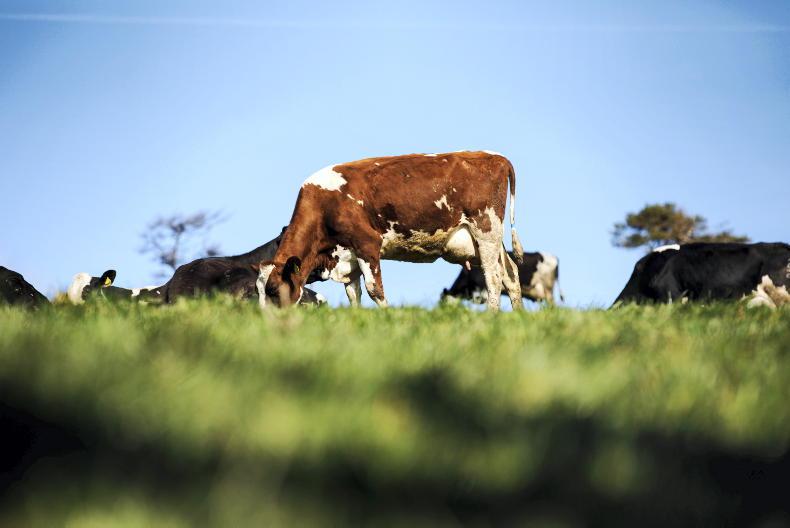

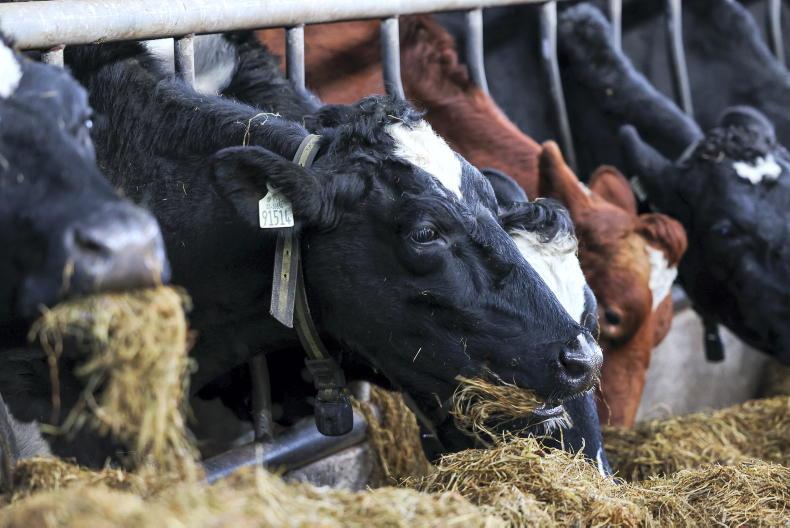
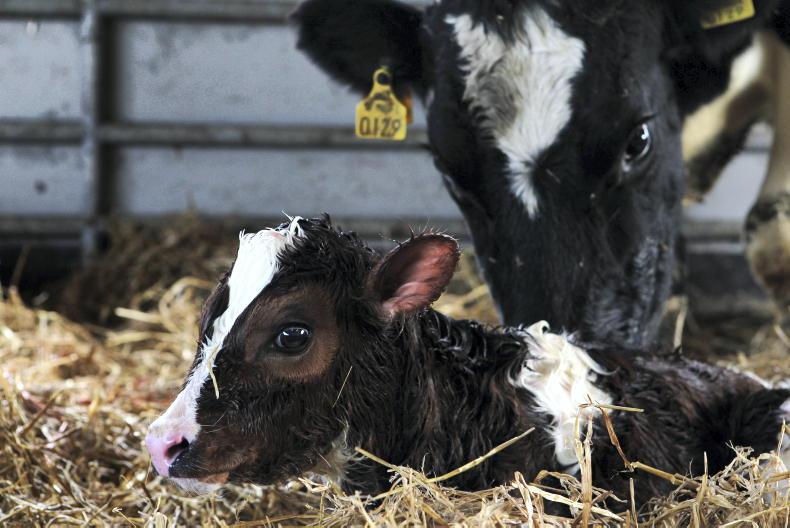
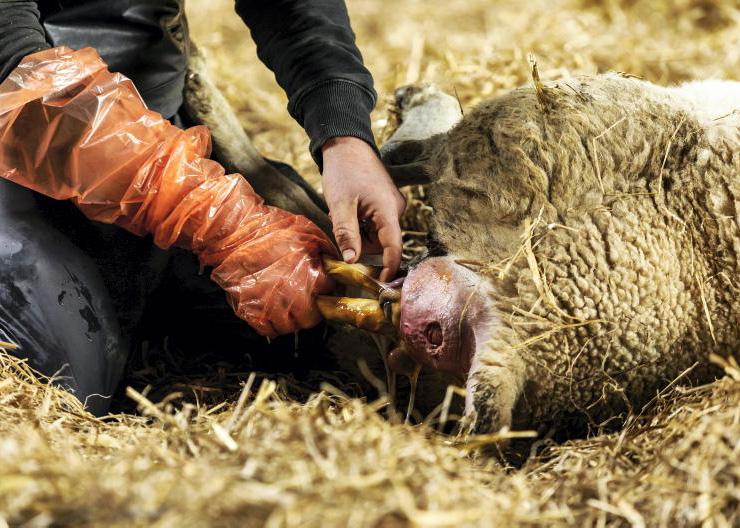
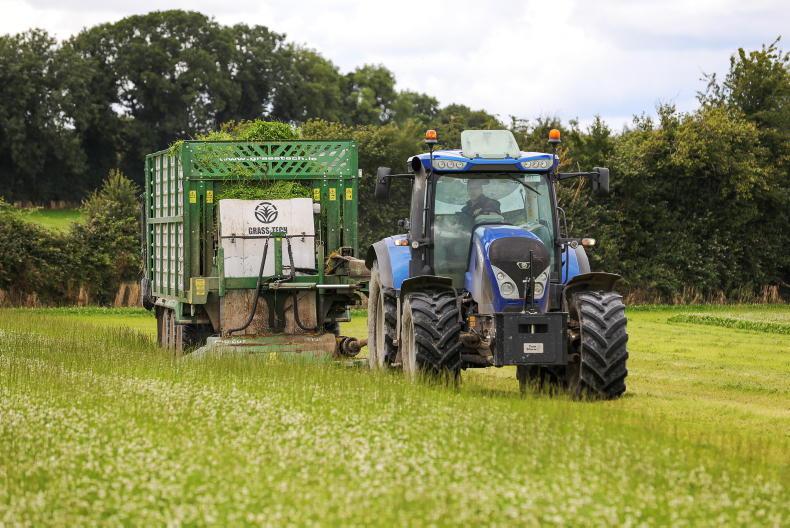
SHARING OPTIONS